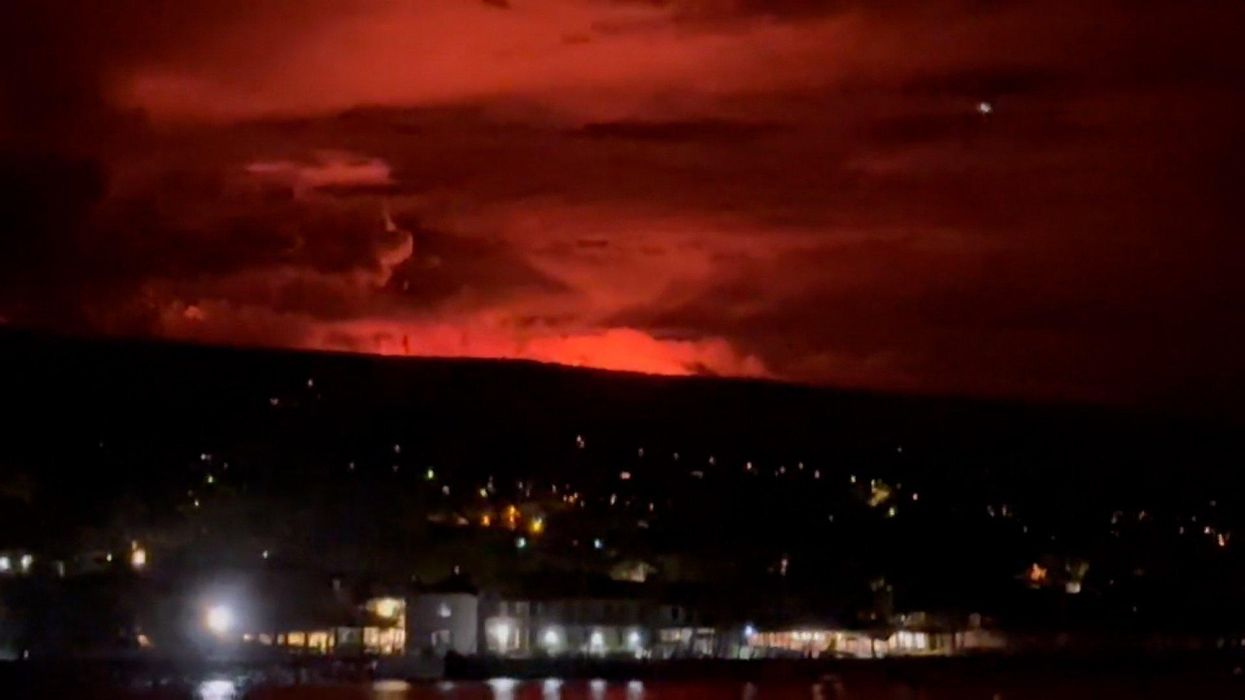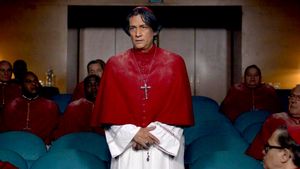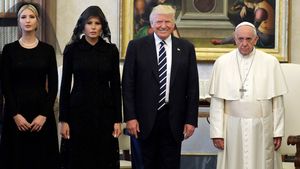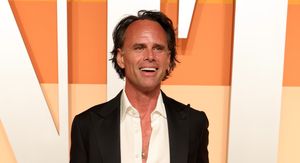(CNN) – The world's largest active volcano, Mauna Loa, is erupting for the first time in nearly 40 years, sparking an ashfall advisory Monday for Hawaii's Big Island and surrounding waters until 10 a.m. HT (3 p.m. ET).
The eruption in Hawaii Volcanoes National Park is not threatening downhill communities or flights to the Island of Hawaii, the Hawaii Tourism Authority tweeted Monday morning. Still, a "trace to less than one quarter inch" of ashfall could accumulate on parts of the island, the National Weather Service in Honolulu said, as winds may carry fine ash and volcanic gas downwind.
"People with respiratory illnesses should remain indoors to avoid inhaling the ash particles and anyone outside should cover their mouth and nose with a mask or cloth," the Honolulu office warned. "Possible harm to crops and animals. Minor equipment and infrastructure damage. Reduced visibility. Widespread clean-up may be necessary."
Ashfall can damage vehicles and buildings, contaminate water supplies, disrupt sewage and electrical systems, and damage or kill vegetation, the weather service says, while abrasive volcanic ash can irritate eyes and lungs.
Lava flows are contained in the summit area and do not threaten downslope communities, the Hawaiian Volcano Observatory said.
"Based on past events, the early stages of a Mauna Loa eruption can be very dynamic and the location and advance of lava flows can change rapidly," the observatory said, adding, "If the eruption remains in Moku'āweoweo, lava flows will most likely be confined within the caldera walls.
"However, if the eruptive vents migrate outside its walls, lava flows may move rapidly downslope."
Red hues from the eruption illuminated Monday's predawn sky, according to footage captured at the Kailua Bay & Pier by Matthew Liano, a resident of Kailua-Kona, along the Big Island's west coast.
"The glow is like nothing I've seen here living in Kona for most of my life," Liano told CNN.
The eruption began in Moku'āweoweo, the summit caldera of Mauna Loa, on Sunday around 11:30 p.m. HST (4:30 a.m. ET Monday), according to the observatory.
Volcano is near Kilauea, which erupted in 2018
Mauna Loa, which covers half the island of Hawaii, has erupted 33 times since 1843, the volcano's first "well-documented historical eruption," according to the US Geological Survey. It last erupted in 1984, making this prolonged quiet period the volcano's longest in recorded history.
Mauna Loa's summit crater sits about 21 miles west of Kilauea, a smaller volcano whose eruption over months in 2018 spewed lava into the Leilani Estates neighborhood, destroying more than 700 homes and displacing residents.
Mauna Loa has been in a heightened state of unrest, per the agency, which pointed in an update late last month to elevated seismic activity and increased earthquake rates.
Earthquake activity increased from five to 10 earthquakes a day since June 2022 to some 10 to 20 earthquakes a day in July and August, according to the US Geological Survey. Peak numbers of more than 100 earthquakes a day were recorded on September 23 and September 29, CNN has reported.
The increased activity prompted Hawaii Volcanoes National Park in October to close the Mauna Loa summit to all backcountry hikers until further notice, though the US National Park Service said the main section of the park has remained open.
Correction: An earlier version of this story incorrectly stated the Eastern Time equivalents for the ashfall advisory and eruption.
The-CNN-Wire
™ & © 2022 Cable News Network, Inc., a Warner Bros. Discovery Company. All rights reserved.


















































